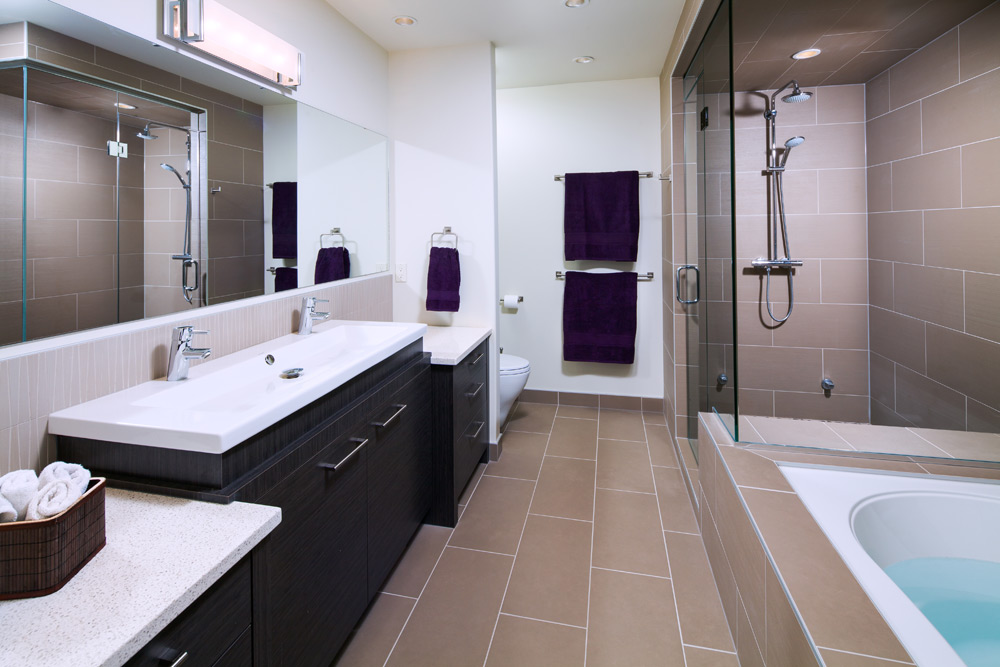The building code now requires a “continuous air barrier” to reduce air leakage, to reduce the likelihood of moisture related issues, and to increase the durability of the building.
Air flow can be tracked from areas of high to areas of low pressure. Hot air by nature rises, in addition to living in a heating climate, the top floor(s) of our houses become areas of high pressure. This pressure can cause air to leak into the ceiling space. In addition, we also live in an area of high wind loads, which increase (all be it laterally) the pressure imbalance in our houses. This effect causes the warm moist air inside the building to be pushed out through any hole or gap available. In winter, when this air is forced out past the air barrier it immediately comes in contact with very cold air and usually freezes, ultimately laying the foundation for damage to the buildings structure in the form of water, mould, and possibly even structural damage.
The current system of 6mm poly as an air barrier, held together with acoustical caulking and drywall, is a system that does work if it is done right. However, every time there is a penetration through that air barrier, for a switch, a plug, a light or anything else for that matter, there is a very real chance that the air barrier system will be compromised. In addition, because wood frames houses are so hard to properly air barrier, hard to properly insulate, and once compromised actually provides the food for the mould to grow. It again seems like a system we need to have a good long hard look at to see if we should continue to use.
In the process of becoming a builder i have taken a number of building science classes, mostly in an effort to see what others are doing to solve these problems. And in every class I have asked the same question of my instructor. That questions is this:
“if we built our houses out of some material other than wood. Would we be having all these moisture control problems?”
the answer to that question to date has always been. “no!”
So it begs the question I guess. If not, why not. If the experts in the field know not to build our houses out of wood. And there are multiple options for building out of something more durable and safer, then why aren’t we. The answer is probably cost and time. It takes considerably greater time and money to build a better building, and not all Calgarians can afford that cost. I personally can’t afford to live in a space that isn’t healthy and energy efficient. As far as the time goes, I will make the time.


